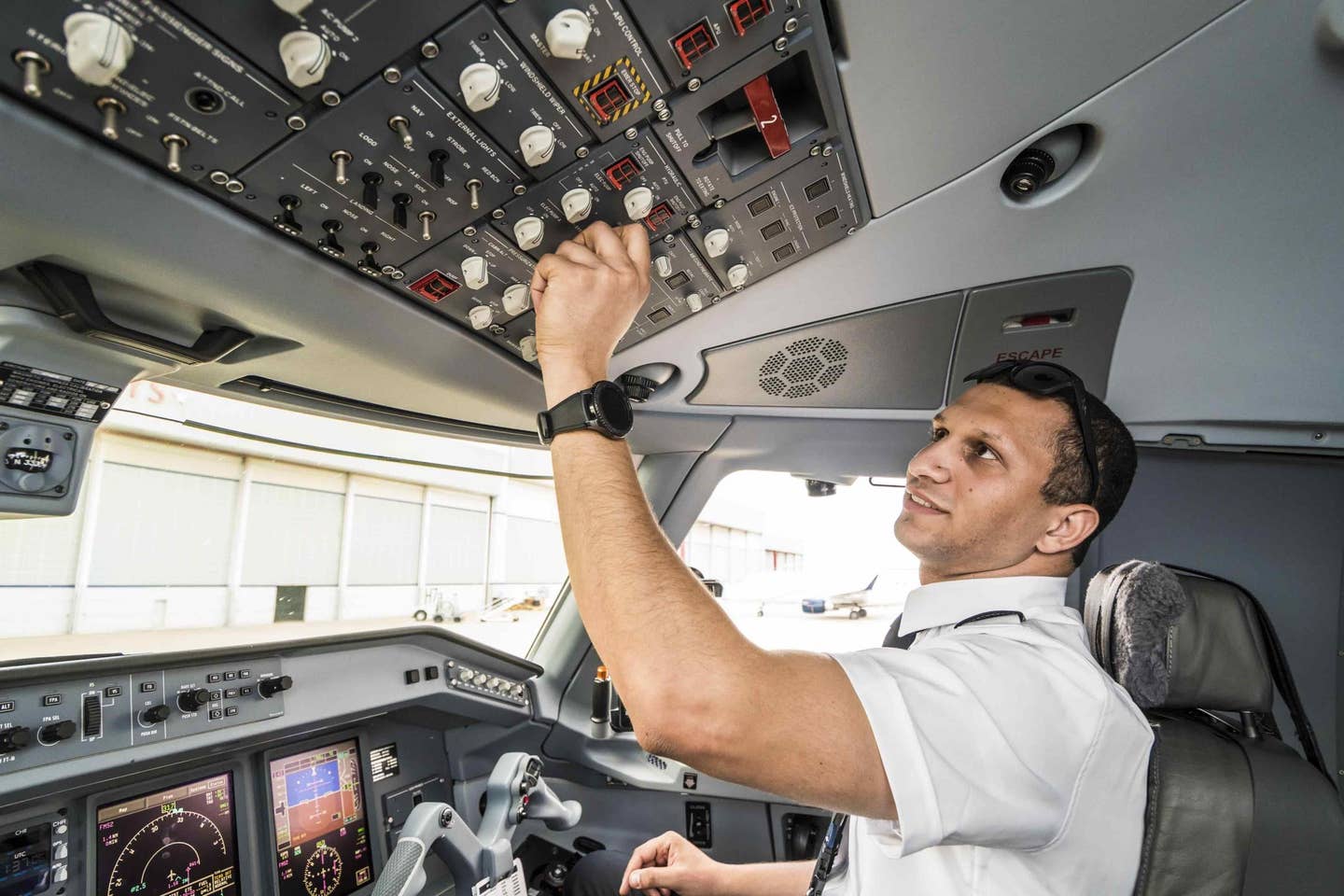Major Airlines Rake in Record Q3 Revenues, Still Short on Workforce
Despite talks of a recession in the broad economy amid record inflation, fluctuating fuel prices, or even a hard to fix workforce challenges, the commercial airlines market is still booming.

Despite talks of a recession in the broad economy amid record inflation, fluctuating fuel prices, or even a hard to fix workforce challenges, the commercial airlines market is still booming. [Courtesy: Republic Airlines]
All the major U.S. airlines have reported their third-quarter earnings now, and despite talks of a recession in the broad economy amid record inflation, fluctuating fuel prices, and hard-to-fix workforce challenges, the commercial airline industry is still booming.
Southwest Airlines (NASDAQ: LUV) shared earlier today in its third-quarter report that it generated a record operating revenue of $6.2 billion, which was 10.3 percent better than the third quarter of 2019, in which travel was last considered “normal.” The resulting $277 million quarterly profit reflects a 33 percent improvement from last year.
“Following record summer leisure travel demand, revenue trends remained strong in September 2022, bolstered by improving business travel trends post-Labor Day," Southwest CEO Bob Jordan said.
The carrier achieved that even with an 85.4 percent load factor, which is a few points better than the 83.5 percent it had for the third quarter of 2019.
Despite the trend, Southwest reported—while bookings for the final quarter of the year look strong—that it “continues to experience inflationary cost pressures in fourth quarter 2022, in particular with higher rates for labor, benefits, and airports.” The airline also said it expected a decrease in productivity from not having enough workers, eating into its earnings in the fourth quarter. Still, the company said it was on track to meet its 2022 goal of hiring 10,000 employees.
High Profits, Not Enough People
This trend isn’t unique to Southwest. The U.S. Department of Commerce GDP Report published Thursday also showed the U.S. economy grew at a 2.6 percent annual rate in July, August, and September, compared to the first half of the year, where the overall economy shrank. Even with the Federal Reserve’s commitment to raising interest rates as a way to combat inflation, the travel market is one of the few sectors benefiting from pent-up pandemic demand but grappling to keep up because of staffing issues.
Despite raking in $695 million of quarterly profit on a record $14 billion revenue, Delta Air Lines’ CEO Ed Bastian expressed on the airline's early October earnings call that a workforce shortage prevented the airline from realizing its full potential.
“We continue to make good progress in clearing those bottlenecks and getting our pilots into seats and categories every week," Bastian said of the pilot training bottleneck. "Our goal is to be in a position to have our network fully restored by the summer, and the pilots are obviously a big part of that.”
Even United Airlines (NASDAQ: UAL) and American Airlines (NASDAQ: AAL) have shared the same sentiment, especially around the training backlog.
When United reported a third-quarter profit of $942 million on $12.88 billion in revenue, its president, Brett Hart, shared that United was “dedicated to hiring at least 200 pilots a month.”
Andrew Nocella, an executive vice president and chief commercial officer, painted a more critical picture.
“Pilot recruiting, training, and retention, we believe, are real constraints for the industry for years to come,” Nocella said.
American, the largest operator, whose revenue rose to a record $13.46 billion for the third quarter, admitted that it, too, had its hiring challenges.
“There are constraints out there, notably pilot constraints, both for the regional side and just the massive amount of training that we have to do on the mainline side,” said American’s CEO Robert Isom on the company’s October 20 earnings call. He explained that is partly why the airline still hasn't been able to deploy its entire fleet and that it would take some time.
Fortunately, the other headwind—which comes in the form of higher fuel prices following supply constraints from the disruption of the Russian-Ukraine conflict—has allowed airlines to pass through higher prices to customers who have yet to flinch. For American, the company said its fuel bill for the quarter—more than $3.8 billion—was nearly twice what it paid last year in the same period. Though each airline has its strategy for saving on some of its fuel prices, the persistent travel demand remains in its favor.
As for the rest of the year, the airlines are optimistic, provided they can find the people they need to fulfill their planned activity.

Subscribe to Our Newsletter
Get the latest FLYING stories delivered directly to your inbox






